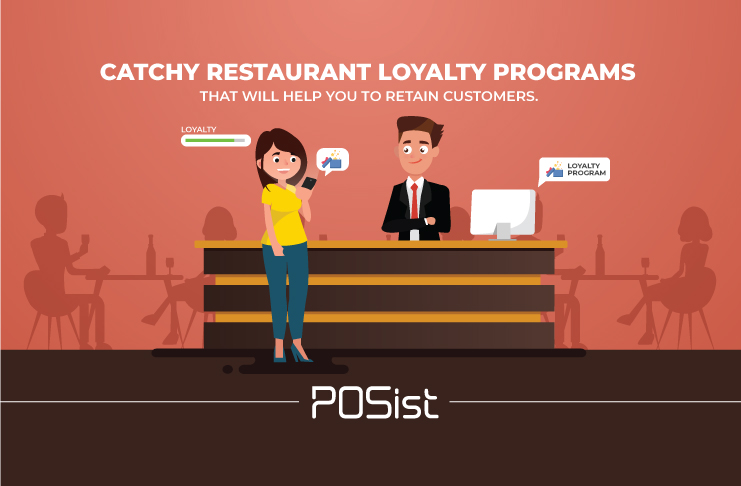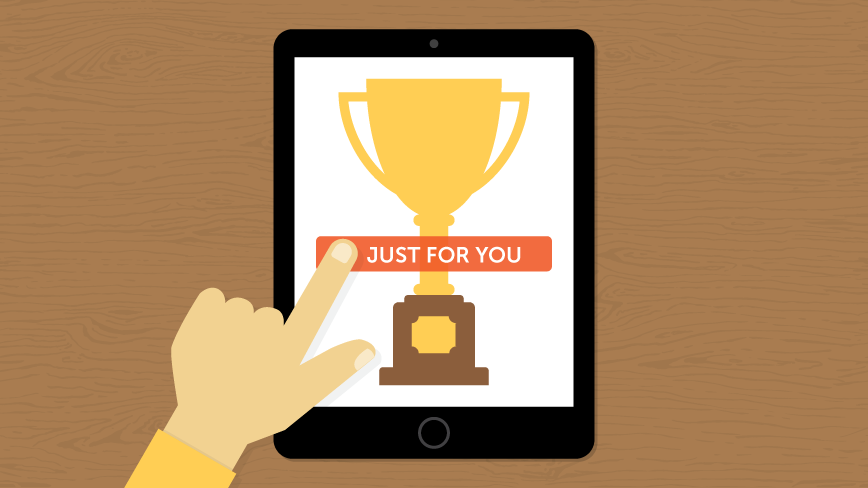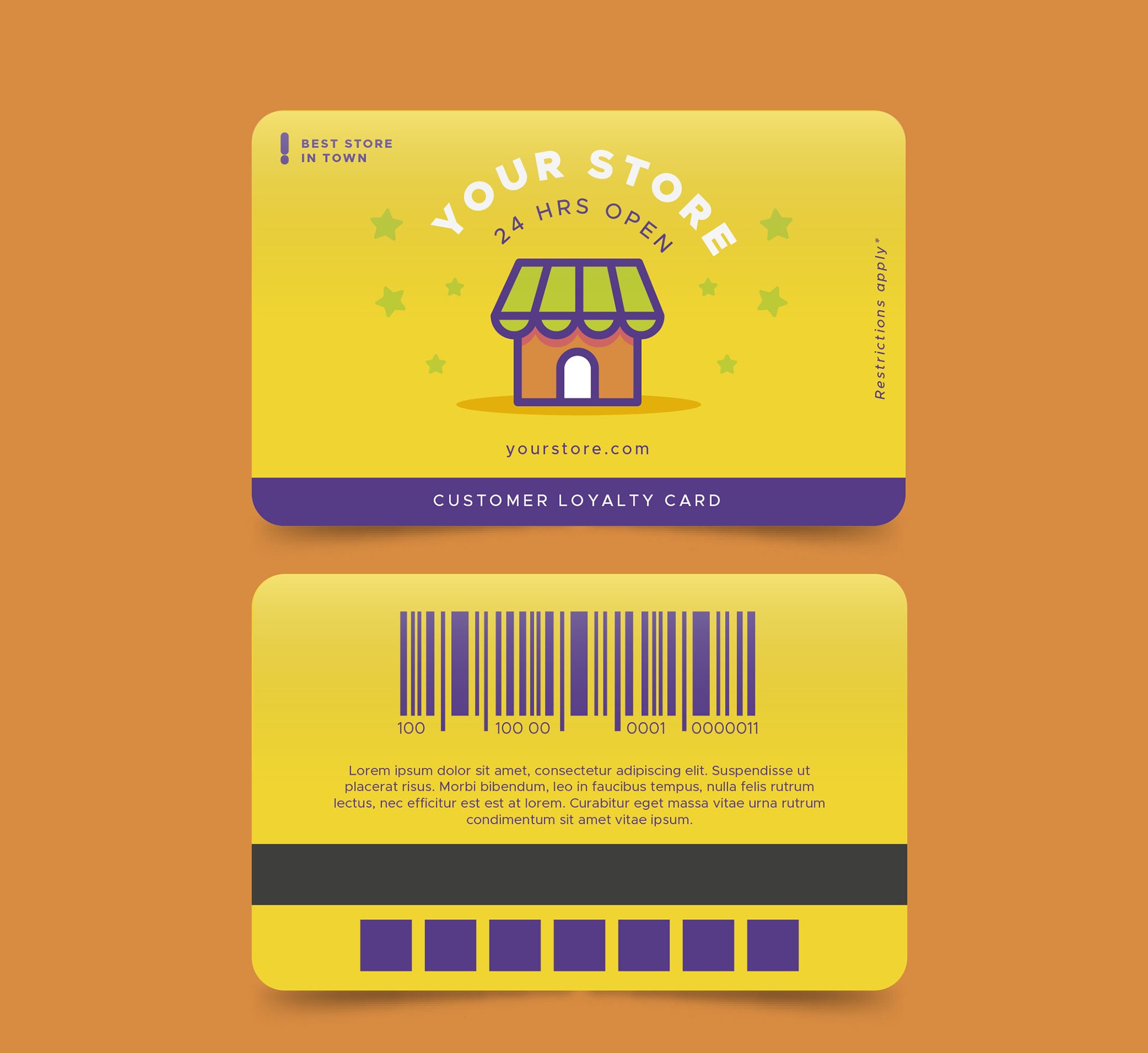All Categories
Featured
Table of Contents
In 31204, Nigel Carpenter and Elianna Martin Learned About Agile Workflows

What if you could grow your organization without increasing your costs? In truth, what if you could actually reduce your costs but increase your sales, year after year? Would you do it? If you're a business owner, then you'll likely offer a definite 'yes', a basic response to an even easier question.
A benefits program tracks and benefits specific spending behavior by the consumer, providing special benefits to faithful clients who continue to patronize a certain brand name. The more that the consumer spends in the store, the more benefits they receive. Gradually, this reward develops devoted clients out of an existing consumer base.

Even if you already have a benefit program in place, it's a good concept to dig in and completely understand what makes client loyalty programs work, in addition to how to carry out one that costs you little cash and time. Do not fret, I'll assist you with that. I'll break down the primary advantages of a loyalty program and the best methods to produce devoted consumers.
Let's dig in. Consumer loyalty is when a client go back to do business with your brand over your competitors and is largely influenced by the positive experiences that the customer has with your brand. The more favorable the experience, the most likely they will return to patronize you. Consumer commitment is exceptionally crucial to services because it will help you grow your organization and sales faster than a simple marketing strategy that focuses on hiring new customers alone.
A few ways to measure customer loyalty include:. NPS tools either send a brand performance study through e-mail or ask customers for feedback while they are going to a service's site. This details can then be used to much better comprehend the probability of consumer commitment. A repurchase ratio measures the ratio of repeat purchasers versus one-time buyers.
Consumer commitment index (CLI). The CLI tracks client loyalty in time and is similar to an NPS survey. However, it takes into account a few additional elements on top of NPS like upselling and buying. These metrics are then utilized to assess brand commitment. A client loyalty program is a marketing method that rewards customers who make purchases and engage with the brand on an ongoing basis.
Customer benefits programs are developed to incentivize future purchases. This encourages them to continue doing company with your brand name. Consumer loyalty programs can be established in several ways. A popular client loyalty program benefits consumers through a points system, which can then be invested in future purchases. Another type of consumer loyalty program might reward them with member-exclusive benefits or complimentary presents, or it might even reward them by donating money to a charity that you and your consumers are mutually enthusiastic about.
In 17325, Elizabeth Oliver and Mia Owens Learned About Influential People
By using rewards to your customers for being devoted and encouraging, you'll build a rapport with them, deepening their relationship with your brand name and ideally making it less likely for them to switch to a rival. You've likely seen customer commitment programs in your own shopping experience, whether at your preferred cafes or your most frequented grocery shops.
But even if everyone is doing it doesn't imply that's an excellent sufficient factor for you to do it too. The much better you comprehend the benefits of a consumer rewards program, the more clearness you will have as you develop one for your own store. You will not be sidetracked by exciting advantages and complex commitment points systems.
Keep in mind: work smarter, not harder. Consumer retention is the main advantage of a rewards program that functions as a foundation to all of the other advantages. As you supply rewards for your existing customer base to continue to acquire from your shop, you will supply your shop with a constant circulation of money month after month.
By growing your retention rate, you can stop investing as much time or cash on increasing your total variety of clients. Why is this crucial? Loyal clients have a higher conversion rate than new customers, implying they are more most likely to make a deal when they visit your store than a brand-new customer.
By increasing your retention rate by just 5 percent, you can increase your profits by 25 percent and as much as by 95 percent. Needless to say, your retention rate matters. Key Takeaway: If you wish to considerably increase your earnings, provide incentives for your existing customers to continue to shop at your store.
And you won't need to spend money on marketing to get them there. Consumer acquisition (aka bringing in brand-new consumers) takes a great deal of effort and cash to encourage total strangers to trust your brand name, concerned your store, and attempt your items. In the end, any money made by this brand-new consumer is overshadowed by all of the cash invested in getting them there.
Key Takeaway: If you wish to minimize spending, concentrate on customer retention rather of customer acquisition. When you concentrate on providing a favorable personalized experience for your existing clients, they will naturally tell their family and friends about your brand name. And with each subsequent transaction, faithful clients will tell even more individuals per deal.
In 28625, Malcolm Hood and Jaylyn Newman Learned About Online Community
The finest part? Since these brand-new consumers came from trusted sources, they are most likely to develop into devoted consumers themselves, spending more typically than brand-new clients brought in by other marketing efforts. The Chase Ultimate Rewards program, for example, offers significant perks for people who travel a lot.
The 'supreme rewards' that Chase cardholders get consist of 2x points per dollar spent on all travel purchases along with primary rental vehicle insurance coverage, no foreign transaction charges, journey cancellation insurance, and purchase security. For people who take a trip a lotand have disposable income to do sothere is an enormous incentive to spend money through the ultimate rewards program.
This whole process makes redeeming rewards something worth extoling, which is exactly what numerous cardholders end up doing. And to assist them do it, Chase offers a benefit for that too. Secret Takeaway: Make it easy for your clients to brag about you and they will spread out the word about your store for free.
When you get the basics down, then using a loyalty rewards app can assist take care of the technical information. Here are the actions to get going with creating your consumer commitment program. No consumer wishes to buy items they do not desire or require. The exact same goes for your commitment program.
And the only method to customize an alluring consumer loyalty program is by thoroughly knowing your client base. The very best method to do this? By carrying out these techniques: Develop client contact info anywhere possible. Ensure your business is constantly constructing a detailed contact list that permits you to access existing customers as often and as quickly as possible.

Track customer behavior. Know what your consumers desire and when they desire it. In doing so, you can expect their desires and needs and offer them with a commitment program that will please them. Categorize client personal qualities and preferences. Take a multi-faceted method, don't limit your loyalty program to just one avenue of success.
Encourage social media engagement. Frame techniques to engage with your customers and target market on social networks. They will soon offer you with really informative feedback on your product or services, allowing you to much better understand what they get out of your brand. Once you have actually exercised who your customers are and why they are doing service with your brand name, it's time to decide which type of loyalty benefits program will motivate them to remain devoted to you.
In 90274, Izaiah Hudson and Nataly Sutton Learned About Loyal Customers
However, the most typical client commitment programs centralize around these primary principles: The points program. This kind of program focuses on satisfying consumers for each purchase they make with points in a point system. These points can then either be utilized on future purchases or put towards some kind of reward.
The paid program. This kind of program requires consumers to pay a one-time or annual cost to join your VIP list. Loyalty members who come from this list have the ability to access unique benefits or member-exclusive advantages. The charity program. This kind of program is a bit different than the others.
This is attained by motivating them to do business with the brand and, in return, their commitment will be rewarded with a contribution to a charity. The tier program. This kind of program concentrates on increasing levels of brand commitment. The more loyal a customer is to a brand, the greater tier they will climb to and the much better the benefits they will receive.
This kind of program is just as it sounds, where one brand name partners with another brand to provide their cumulative audiences with special member discounts or deals that they can redeem while doing business with either brand name. The community program. This type of program incentivizes brand name commitment by supplying its members with access to a similar community of people.
This type of program is relatively similar to paid programs, nevertheless, the membership cost occurs on a routine basis rather than a one-time payment. Next, select which client interactions you 'd like to reward. Base these rewards around which interactions benefit your service one of the most. For example, to assist your company out, you can use action-based rewards like these: Reward customers more when working with your brand throughout a slow duration of the year or on a notoriously slow day of organization.
Reward customers for engaging with your brand name on social networks. Incentivize specific products you are trying to move quickly. Incentivize purchases that are over a particular dollar quantity. The idea is to make your customer loyalty program as simple as possible for your customers to use. If your client commitment program isn't personnel friendly, isn't easy to track, is too expensive to run, or isn't easy for your customers to utilize or comprehend, then staff and consumers alike most likely will not make the most of it.
To eliminate these barriers to entry, think about incorporating a client commitment software that will help you keep top of all of these aspects of your program. Some quality consumer program software application consist of:. CandyBar is a digital punch card program. It works by tracking your client's purchases through an app on a computer system, phone, or tablet.
In Seattle, WA, Joaquin Clark and Rogelio Vega Learned About Gift Guides
Loyalty members can then examine their benefits by means of text message and company owner can use the program to contact their consumers. Yotpo. Yotpo is a cloud-based consumer commitment platform exclusively for eCommerce companies. This software application is particularly good at collecting every kind of user-generated material, helpful for customizing a much better client experience.
Loopy Loyalty is a helpful consumer loyalty software application for companies that predominantly use Google Wallet or Apple Pay as their payment platforms. The software develops a digital loyalty card that sends push alerts to their customers' phones when they are in close proximity to their traditional store. When you have actually put in the time to decide which consumer loyalty techniques you are going to execute, it's time to begin promoting and signing up your very first commitment members.
Use in-store ads, integrate call-to-actions on your website, send promotions via e-mail newsletters, or upload advertising posts on social networks to get your consumers to join. It is very important to comprehend the main advantages of a client rewards program so that you can produce a tailored experience for both you and your consumer.
Think of it. You know what type of items your clients like to purchase but do you know what brings them back, day after day, week after week? What makes them choose your shop over the shop across the street? What makes them your consumer and not the consumer of your most significant rival? Surprisingly, the answers to these concerns don't come down to discount rates or quality items.
Table of Contents
Latest Posts
Figma: The Collaborative Interface Design Tool. Tips and Tricks:
Website Design - Best Ecommerce Web Design By Shopify Tips and Tricks:
What Is A Web Designer? (2022 Guide) - Brainstation® Tips and Tricks:
More
Latest Posts
Figma: The Collaborative Interface Design Tool. Tips and Tricks:
Website Design - Best Ecommerce Web Design By Shopify Tips and Tricks:
What Is A Web Designer? (2022 Guide) - Brainstation® Tips and Tricks: